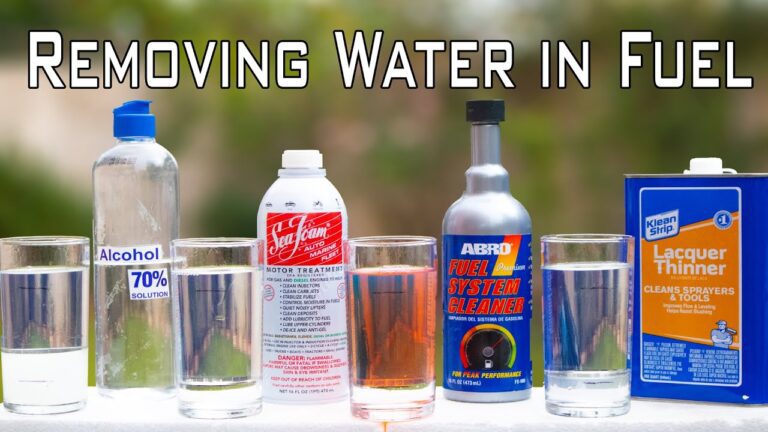Essential Safety Measures in High-Stakes Environments
Working in high-stakes environments requires strict attention to safety. Whether it’s maintaining aircraft or securely destroying hard drives, safety protocols are essential. Any oversight can lead to serious consequences. Let’s explore key safety measures that ensure smooth operations in these critical areas.
Importance of Aircraft Servicing Safety
Aircraft servicing is a complex process. It involves more than just checking engines or refueling. Technicians must inspect every part of the aircraft. This ensures it is in perfect working condition. Any minor fault can escalate into a significant issue if ignored.
Safety measures in aircraft servicing are crucial. They prevent accidents and enhance efficiency. All staff must be trained in emergency procedures. They should know how to handle hazardous materials. Proper training helps in identifying potential risks early.
Regular Maintenance Checks
Regular maintenance checks are vital for aircraft safety. These checks help detect problems before they become serious. Technicians should follow a strict checklist. This ensures no part of the aircraft is overlooked.
Routine inspections should include checking the aircraft’s hydraulics, avionics, and landing gear. Each component needs careful examination. Even a small oversight can lead to critical failures.
Proper Handling of Hazardous Materials
Aircraft servicing often involves handling hazardous materials. These materials can be dangerous if not managed correctly. Staff should wear appropriate protective gear. This includes gloves, goggles, and overalls.
Proper storage of hazardous materials is also crucial. They should be kept in secure, well-ventilated areas. Labels and safety data sheets must be readily available. This helps in quick identification during an emergency.
Hard Drive Destruction
Hard drive destruction may seem simple. But it comes with its own set of risks. In many industries, sensitive data is stored on hard drives. Improper destruction can lead to data breaches.
Physical destruction is the safest method for hard drive disposal. This involves shredding or degaussing. Shredding breaks the hard drive into tiny pieces. Degaussing uses a magnetic field to erase data.
Secure Data Handling Practices
Before destroying hard drives, data should be backed up. This ensures that no critical information is lost. The backup process should follow company protocols. These protocols should align with industry standards.
Once the data is backed up, the hard drive should be securely transported to the destruction site. Transport should be monitored to prevent unauthorized access. Using tamper-evident bags can help in maintaining security.
Documentation is another critical step in hard drive destruction. Every stage of the process should be recorded. This provides a clear audit trail. It ensures accountability and helps in case of any discrepancies.
Training and Awareness
Safety in high-stakes environments starts with training. All staff should be aware of the risks involved in their tasks. Regular training sessions should be conducted. These sessions should cover the latest safety protocols and technologies.
Awareness campaigns can also be effective. They keep safety top of mind for everyone. Posters, emails, and meetings can reinforce safety messages. A well-informed team is a safer team.
Conclusion
Safety in high-stakes environments is non-negotiable. Whether it’s aircraft servicing or hard drive destruction, strict protocols are a must. Regular training and awareness are vital. By following these safety measures, businesses can protect their assets, staff, and reputation. Safety isn’t just a requirement; it’s a commitment to excellence.







